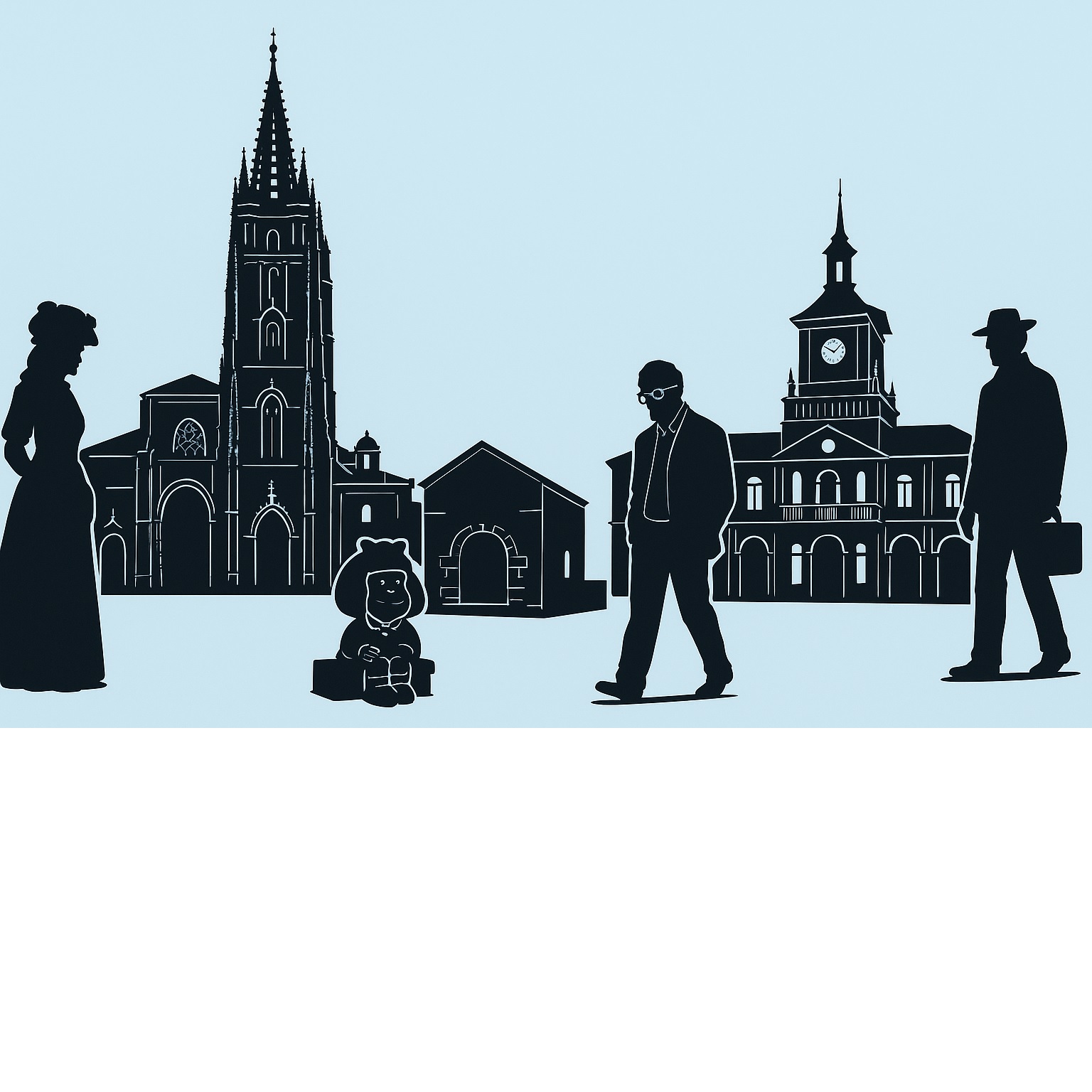Oviedo and its People
The name Oviedo comes from the early medieval toponym "Ouetdao", documented in 812 AD. Later it appears as "Oueto" and "Ouetao" in various chronicles and an epigraphic inscription. The Latin form "Ovetum" isn't documented until the 12th century.
Vetusta: Leopoldo Alas "Clarín" called it this in La Regenta, criticizing the city's conservatism.
Lancia: Armando Palacio Valdés used this name to portray an Asturian city with historical resonance.
Pilares: Ramón Pérez de Ayala used this pseudonym to represent an Oviedo in transformation.
Fontán: Sara Suárez Solís adopted this name to reflect the social and political atmosphere of her time in the city.
The clock of the Savings Bank in Oviedo's Escandalera square marks each hour with a special melody: it plays the Asturian anthem, a sonic tribute to regional identity.
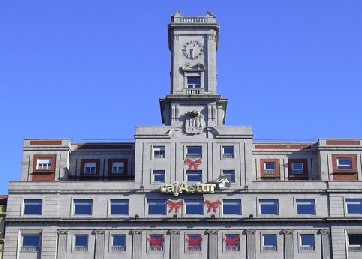
A young woman says goodbye to her fiancé, called to war, who leaves her a rosebush with the promise that it will only bloom if he dies. For years, she prays to the Christ of the Chains, her devotion, asking for his protection. A Mercedarian friar brings her his chains and news of his grave condition. The desperate young woman offers them to the Christ as tribute. Upon returning home, she sees the rosebush covered with roses red as blood.
Rufo, a German Shepherd-Mastiff mix, captivated Oviedo's residents in the 1980s. After an encounter with another dog in 1988, he was adopted by the city. He lived on the streets, protected and cared for by neighbors and the City Council.
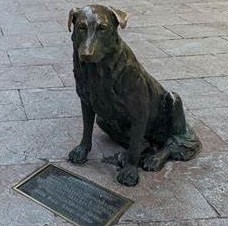
Paxarines are traditional Oviedo figures made with bread crumbs, egg and saffron. Sold during the San Mateo festival as amulets against storms, their origin dates back to the 17th century.

The Cathedral and its relics
Planted in a shady spot, it grew unusually seeking light. According to tradition, it comes from the Garden of Gethsemane in Jerusalem and was brought by a pilgrim. It stands where the pilgrims' cemetery was, now reduced to an ossuary.
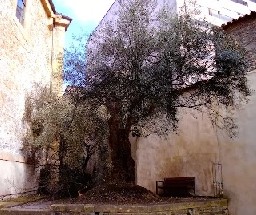
In 614 AD, the Persians, led by Khosrow II, invaded the Holy Land. The Bishop of Jerusalem hid the Ark of Relics and, after several transfers, they arrived in Asturias during the time of Alfonso II the Chaste, hidden in the Monsacro cave. The chasuble of Saint Ildephonsus was included in the Ark, but its whereabouts are unknown. Despite various legends about its location in Oviedo Cathedral, it has never been found. Several theories are considered, including theft or that it never existed.
Oviedo Cathedral houses a venerated stone hydria, considered one of the six jars that Jesus turned into wine at the Wedding at Cana, according to tradition. The first reference to it dates from the 11th century.
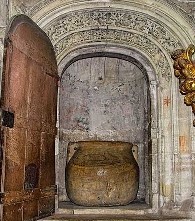
Oviedo Council
Faro is a village with a pottery tradition since the Middle Ages, notable for its black pottery. Its most typical ceramics feature decorations in green, yellow and black on white tin background, with vegetable and animal motifs, like a bird eating a fish.
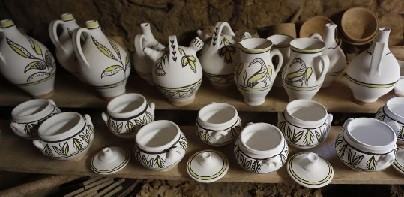 Learn more about Faro pottery
Learn more about Faro pottery



